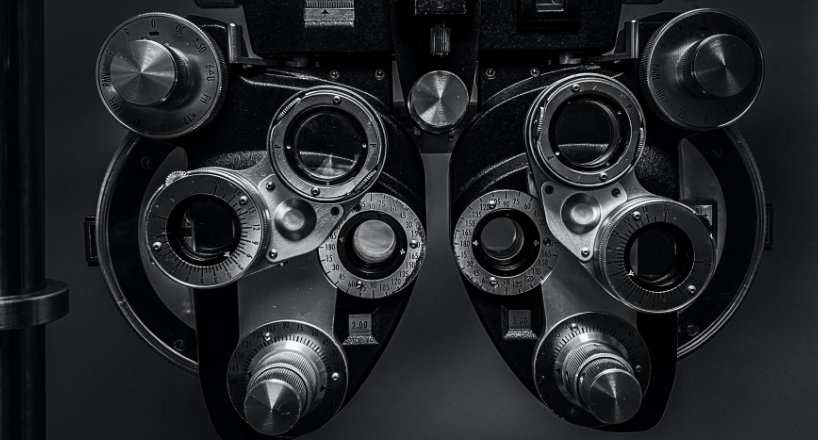Vision Testing
Vision Testing: Why it’s important for maintaining good eye health
Good vision is essential for daily activities and overall well-being, and regular vision testing is the best way to maintain and monitor your eye health. Whether you’re experiencing symptoms of vision problems or simply want to keep your eyes in top condition, vision testing can help you identify and address any issues before they become more serious. Here are some key reasons why vision testing is important for everyone.
- Detecting vision problems: Regular vision testing can help detect any vision problems early on, giving you a chance to address them before they become more serious. This can include conditions such as nearsightedness, farsightedness, astigmatism, and more.
- Monitoring changes in vision: As we age, our eyes can change and our vision may deteriorate. Regular vision testing can help track these changes, allowing your eye doctor to make any necessary adjustments to your prescription and help keep your vision clear.
- Screening for eye diseases: Vision testing can also screen for serious eye diseases such as glaucoma, cataracts, and age-related macular degeneration. Early detection of these diseases can be critical in preserving your vision and preventing vision loss.
- Evaluating visual function: Vision testing can also evaluate visual function, including depth perception, peripheral vision, and color perception. This information can be useful in determining if your vision is impacting your ability to perform certain activities, such as driving, reading, or playing sports.
Types of vision testing

Vision testing is an important part of maintaining good eye health and detecting any vision problems early on. There are several different types of vision tests that can be used to evaluate your eye health and determine your need for corrective lenses. Here are some of the most common types of vision tests:
- Refraction test: A refraction test measures the way that light enters your eye and helps determine your prescription for corrective lenses. During the test, your eye doctor will ask you to look through a machine called a phoropter, which has a series of lenses that are used to determine the right prescription for you.
- Visual acuity test: The visual acuity test measures your ability to see clearly at different distances and is often the first test you’ll receive during a comprehensive eye exam. During the test, you’ll be asked to read letters or numbers on a chart, and your eye doctor will use the results to determine your visual acuity.
- Color vision test: A color vision test is used to evaluate your ability to see and distinguish between different colors. The test may involve looking at colored numbers or dots, or matching colors to a color chart.
- Visual field test: The visual field test is used to evaluate your peripheral vision, or the area you can see without moving your eyes. During the test, you’ll look at a central point while flashes of light appear in different areas of your peripheral vision, and you’ll indicate each time you see a flash.
- Stereoscopic vision test: The stereoscopic vision test measures your ability to perceive depth and is often used to evaluate visual function in children. During the test, you’ll wear special glasses and look at 3D images, which will help determine if there are any issues with your ability to perceive depth.
These are just a few of the different types of vision tests that may be used during a comprehensive eye exam. Your eye doctor will determine which tests are necessary based on your individual needs and symptoms, and will use the results to create a customized treatment plan for you. Regular vision testing is essential for maintaining good eye health, so be sure to schedule regular eye exams and get the tests you need to keep your eyes healthy and functioning properly.